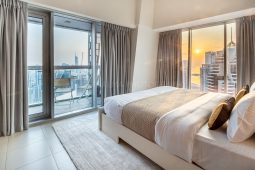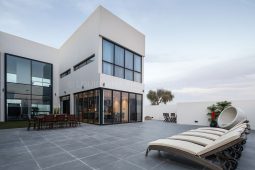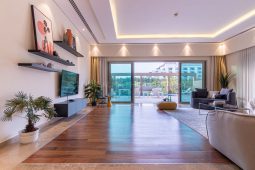Do you own the copyright to your photos? By chance, did the contract you signed have a “work made for hire” clause? Do you get your legal advice from anonymous strangers online? The award-winning law firm DeWitt LLP offers an essential copyright guide that shows photographers how to lock down their ownership rights and legally fight theft. The downloadable PDF is free of cost or obligation.
 Here’s the link to the free copyright guide.
Here’s the link to the free copyright guide.
In today’s digital world, your photographs can go viral – or get stolen – with a single click. Picture This: A Photographer’s Guide to Copyright Law is an accessible, plain-language eBook developed by DeWitt LLP law firm’s intellectual property attorneys that is designed to help photographers protect their creative work. Whether you’re a hobbyist or a professional, this free guide shows you how to secure your rights, avoid costly mistakes, and take action when someone uses your work without permission.
“If you believe you’ve captured something special, treat it that way from day one,” said Kai Havden, Partner at DeWitt LLP. Taking the next steps to register your photograph is one of the smartest, lowest-cost investments you can make, and it can make all the difference later on in terms of what you can recover in court. Another easy way to protect yourself is to add a logo or watermark to your image before sharing it publicly online. And if you are a gig photographer, having a simple client agreement is one way to prevent headaches before they start.”

This Free Advice May Save You Thousands
Major & Important AI-Generation News from Adobe
Flat Earther Flips & Goes Over The Edge & Other News We Know You Missed Because We Made It All Up

Do You Know The Answers To These Common Questions?
The guide clearly addresses two questions that were foremost in my mind as a photographer and writer who frequently publishes images online.
1. What if someone “shares” or “reposts” my photograph [i.e., a photograph I took] on social media without my permission?
2. If someone else hired me as a photographer, such as for wedding or engagement photos, who owns the copyrights for those photographs?

Fortunately, I’ve never had a quarrel with customers regarding question #2; however, some chipmunks have tried to pay me with 3D-printed acorns.
I deal with question #1 more often than I care to, not only with images but with complete articles, too. It’s a tiny bit flattering, but screw that; I write for money.
Huge and sincere thank you to Rachel Drage, Director of Marketing & Client Strategy at Seroka Marketing and PR in Brookfield, WI who made this story possible.
—Jon Sienkiewicz

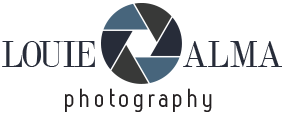

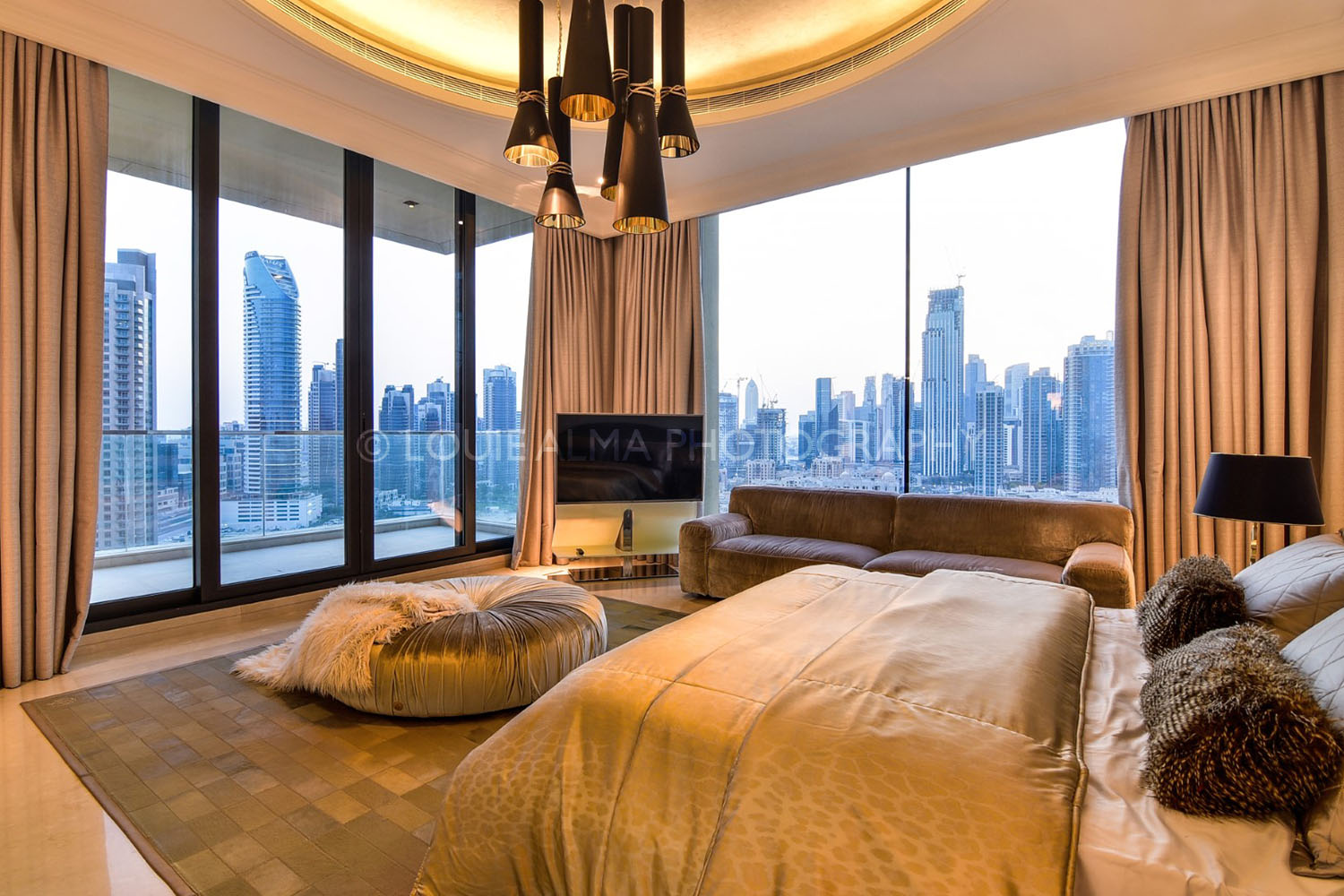
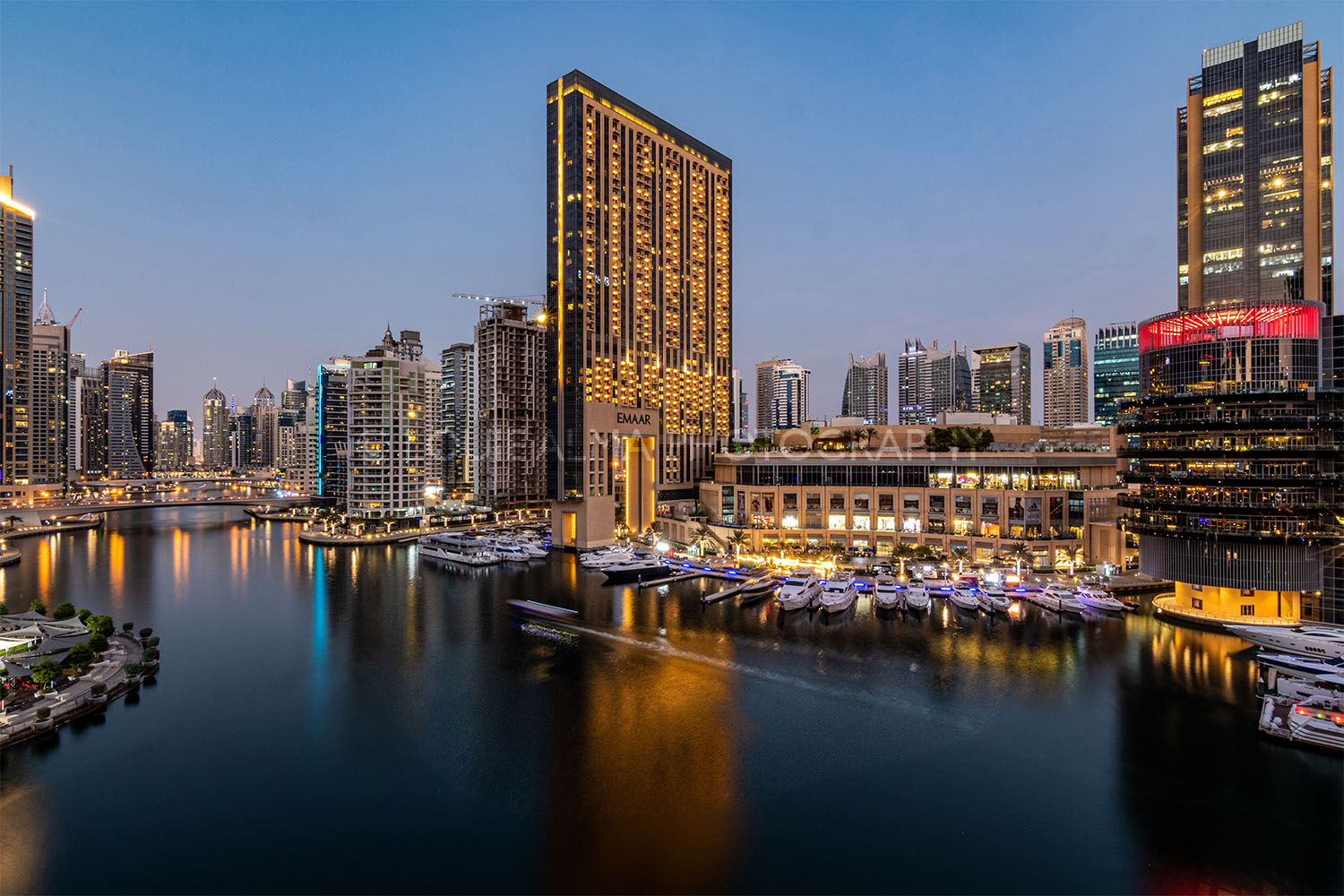
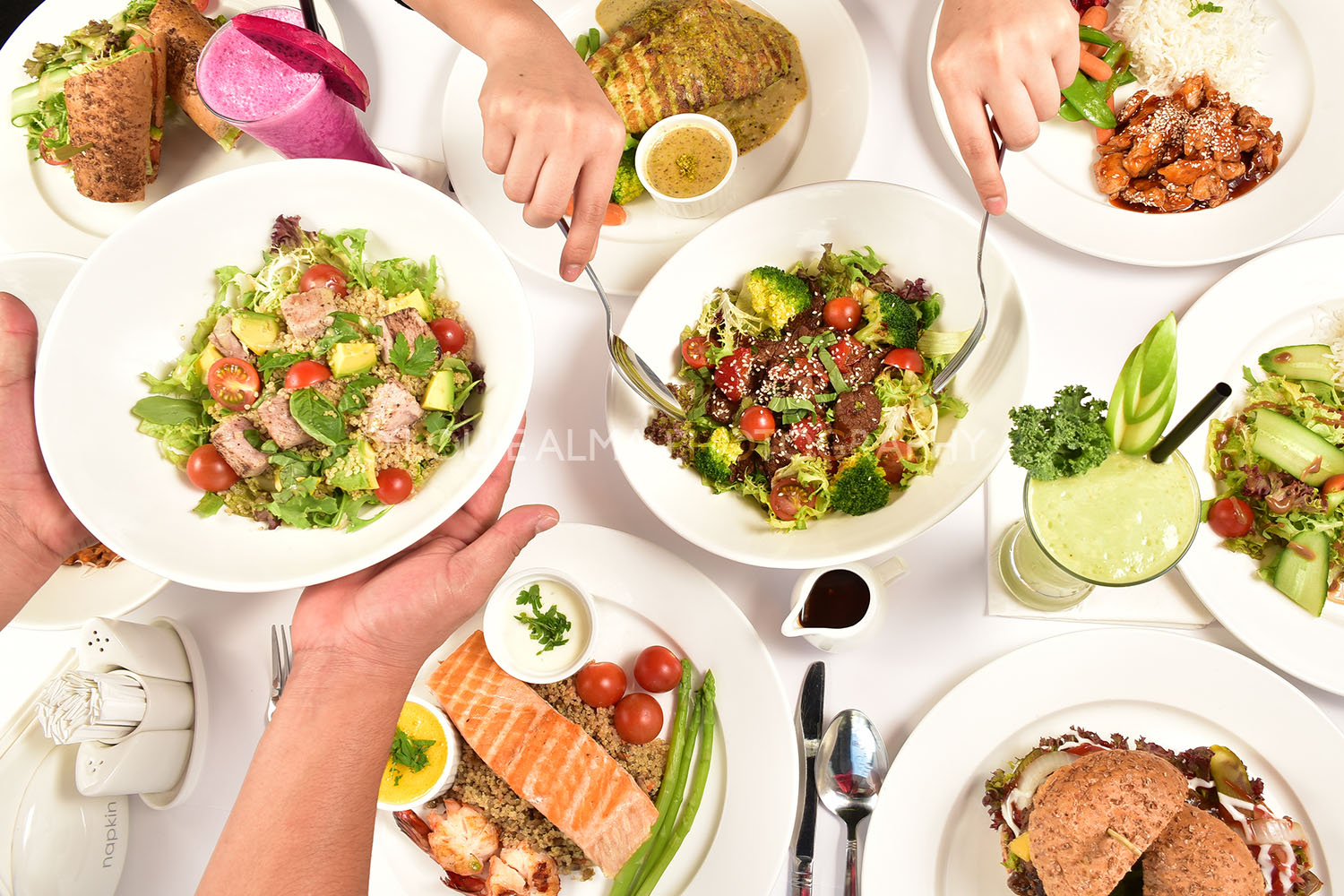
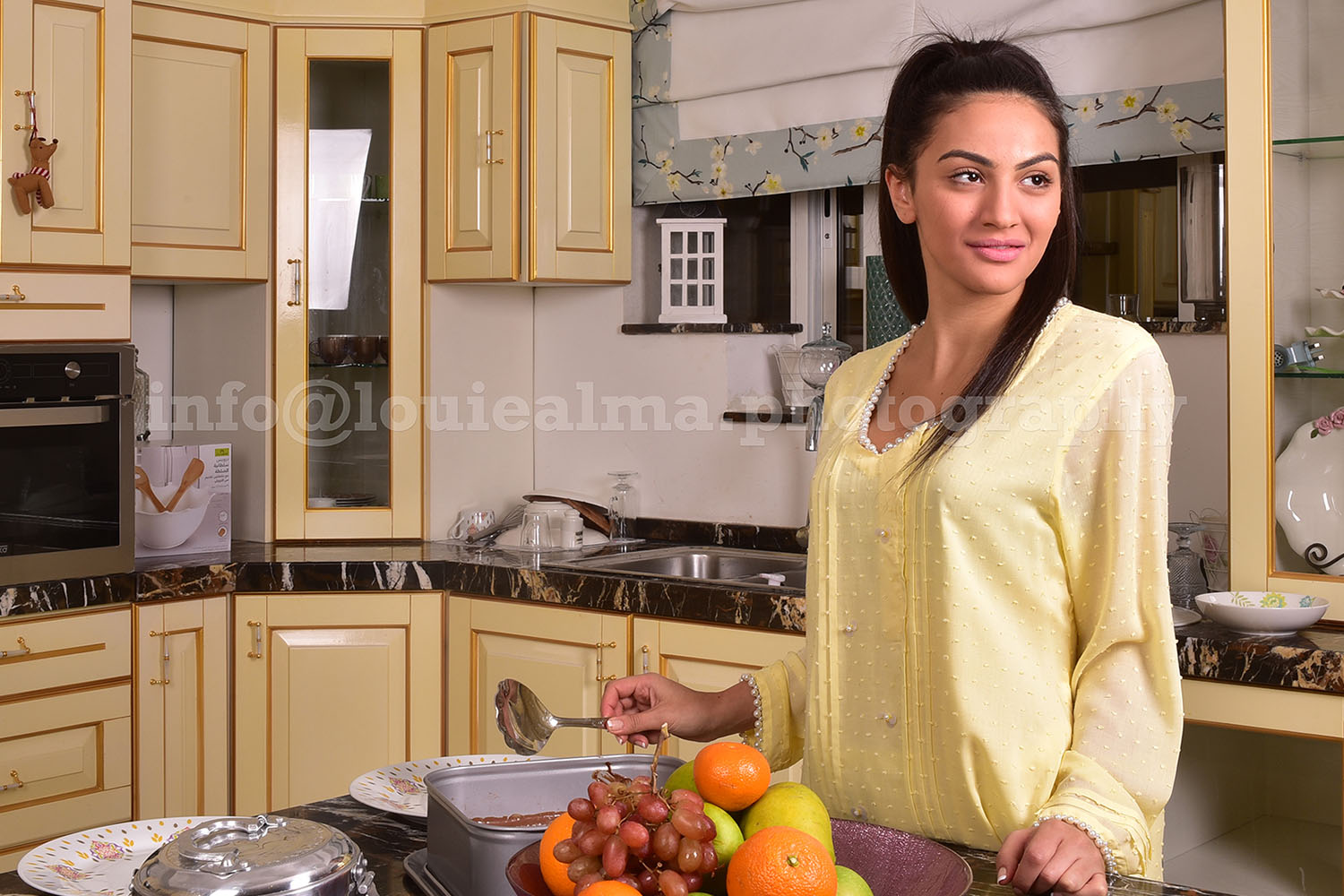
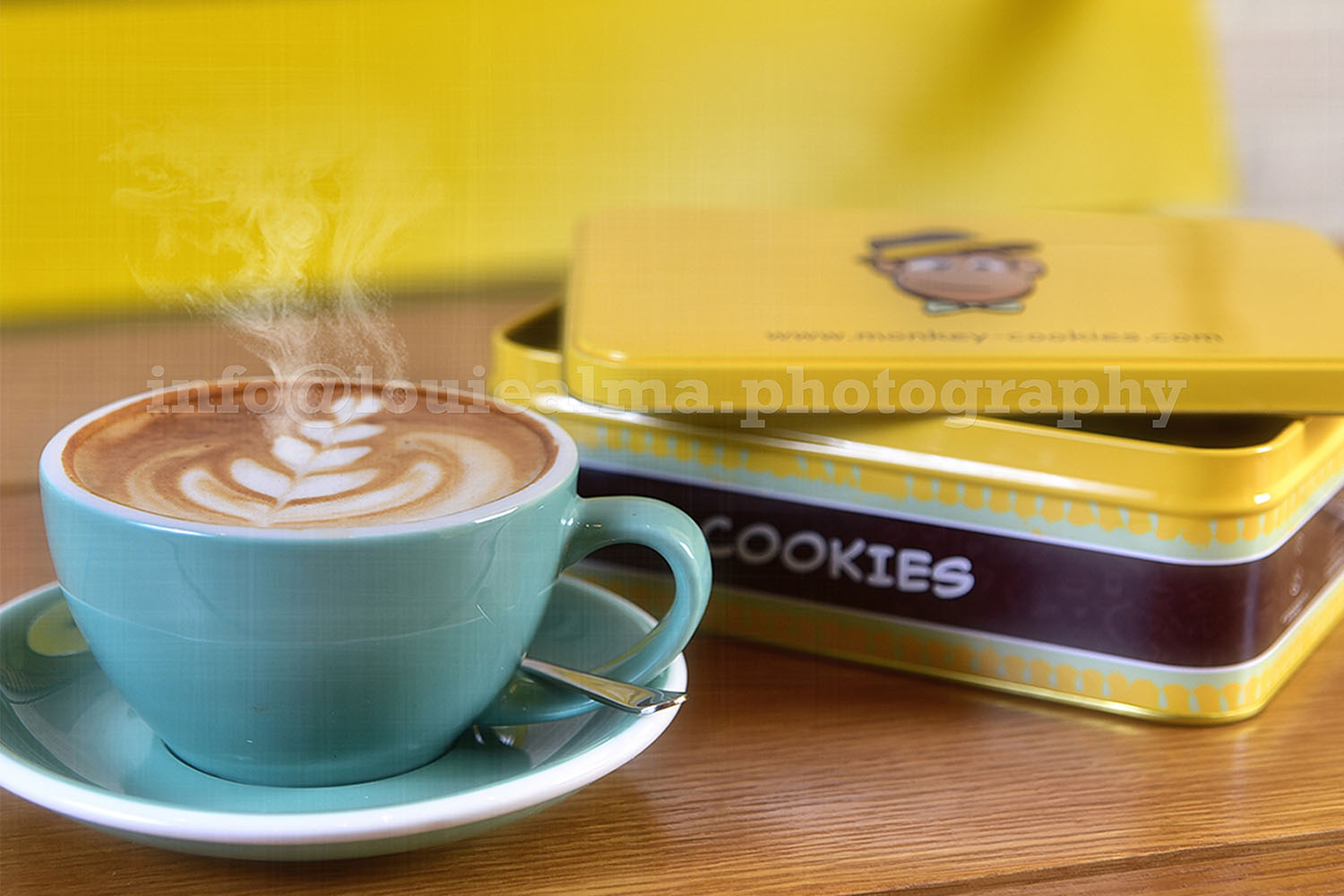


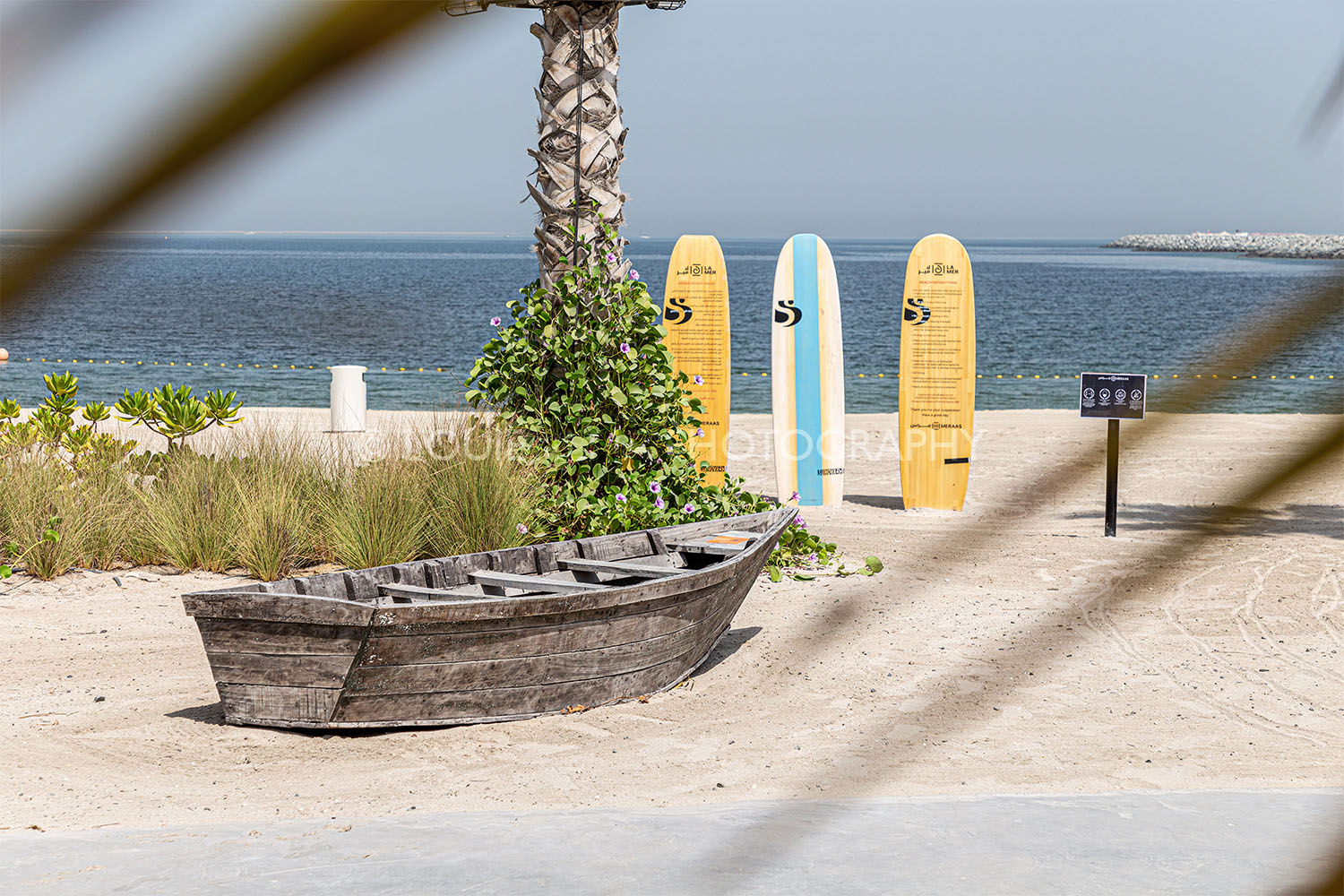


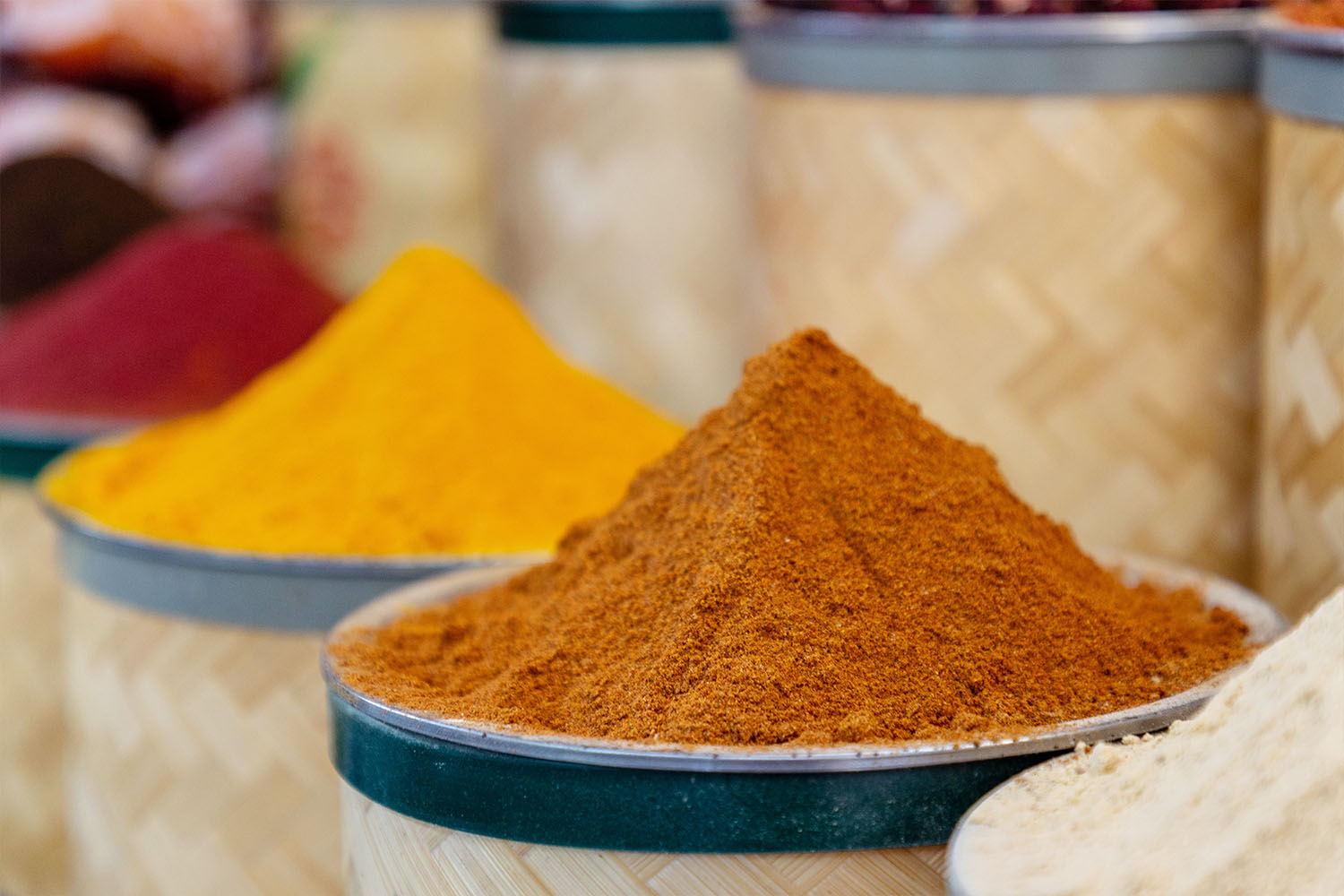
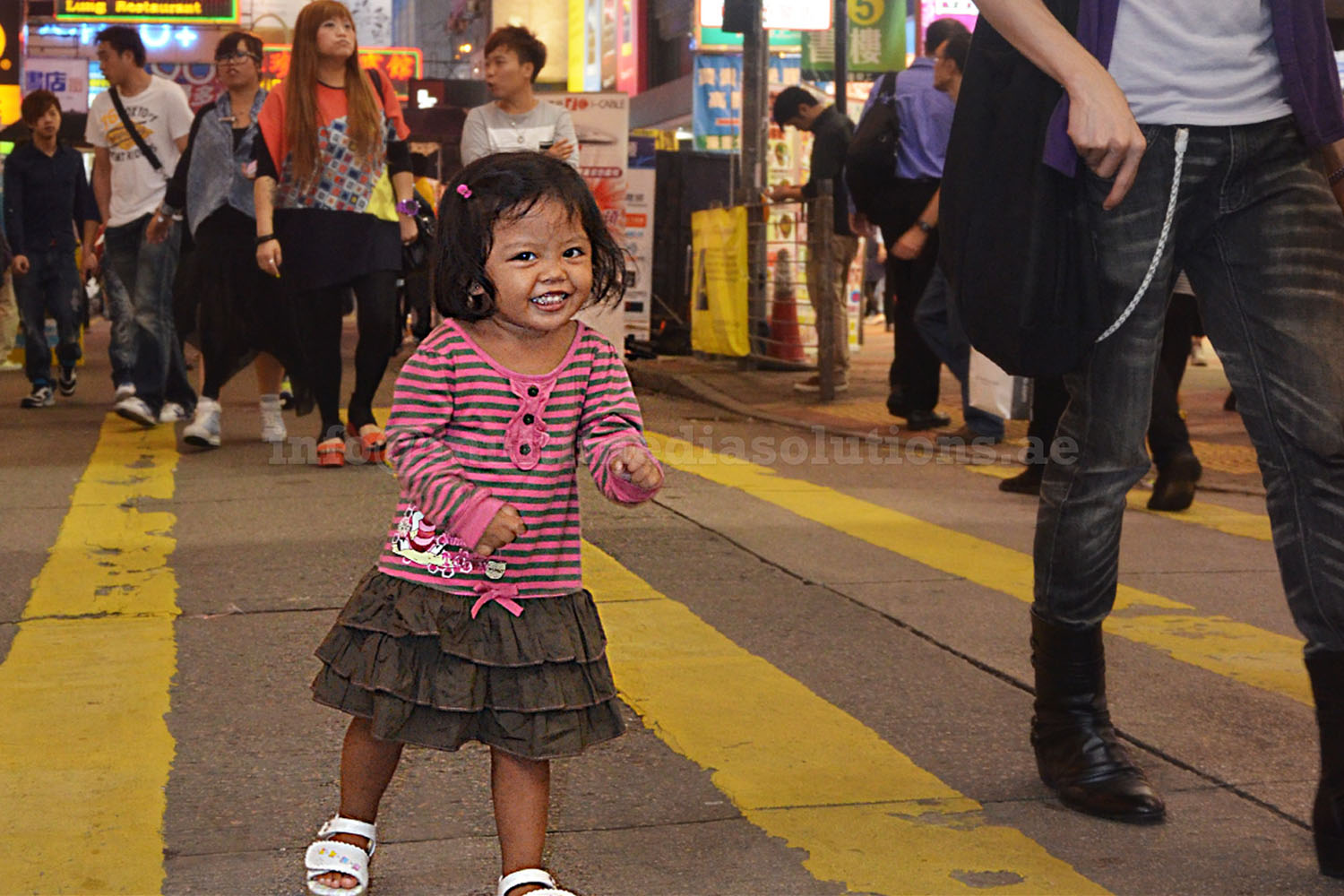
 Here’s the link to the free
Here’s the link to the free 


